Choosing Proper Tomato Spacing
Tomato Plant Spacing in the Home Garden
Generally, tomato plants need at least two feet of space between them. The larger, indeterminate varieties often need more space, at least three feet, while you can plant smaller, determinate varieties closer together. You can plant tomatoes a bit closer together if you stake them or use tomato cages. Growing your tomatoes in containers or planting them in a square foot garden bed can help you maximize space and improve tomato yields.
grow your own tomatoes
[wptb id="506971" not found ]Tomato Plant Spacing for Determinate Varieties
You can divide tomato plants into two main types: determinate and indeterminate. The major difference between the two varieties is how they grow and produce fruit.
https://youtu.be/cBVLTEQWq94
The above video from Burpee Gardens clearly explains how a determinate tomato is different from an indeterminate. The narrator, Chelsey Fields, gives you a good idea of who might wish to grow a determinate tomato plant and who might prefer an indeterminate variety.
Determinate tomatoes are usually smaller than indeterminate varieties. They grow to a certain point, produce their fruits and are done for the season.
Due to their more compact size, the plants can be spaced closer together. According to Cornell University’s Growing Guide, you can space determinate varieties 12 to 24 inches apart when transplanting seedlings to your garden.
To be on the safe side, you might wish to space each tomato plant 24 inches (2 feet) apart. If you are planting more than one row of tomatoes, space each row 4 feet apart.
Tomato Plant Spacing for Indeterminate Varieties
While determinate tomatoes reach a certain size and produce their crop in a determined amount of time, indeterminate tomatoes will continue to grow and to produce fruits until the first killing frost.
Determinate tomato plants tend to be ideal for gardeners who want to make tomato sauce or to process large batches of tomatoes at once. Indeterminate plants are better suited for gardeners who want to pick tomatoes one at a time, for slicing or enjoying on a salad.

Indeterminate tomato plants can become very large, more than 6 feet tall, and usually need considerably more space than determinate varieties. Iowa State University recommends spacing your indeterminate plants at least two feet, if not three feet, apart.
Staking Indeterminate Varieties
The exact amount of space you should leave between indeterminate tomatoes depends on whether you decide to stake those plants or not.
Staking tomatoes means training them to grow on a trellis or in a tomato cage. It keeps the plants up off of the ground. Since your tomato plants aren’t sprawling all over your garden, you can usually plant them closer together when you stake them.
Your staked tomatoes can be spaced about two feet apart. Meanwhile, any unstaked varieties should be space at least three feet apart, although four feet might be even better.
If you have a smaller garden, staking your indeterminate tomatoes can save you space. But there are both advantages and disadvantages to staking your plants. Although staking your plants reduces the risk of the plant developing some types of bacterial diseases, it increases the plant’s risk for sunscald and for blossom end rot.
When you stake your plants, you might get fewer tomatoes. But the tomatoes you do get are higher quality, since they aren’t growing in the dirt and are less likely to come into contact with bugs, bacteria or fungus.
Why Tomatoes Need Space
Your tomato plants need several things to thrive. They need plenty of water, food, sunlight and air circulation. Giving your plants enough space helps them get enough air circulation. It can also improve the amount of light each plant gets.
Think about standing in a crowded room or on a crowded train at rush hour. You can feel people’s breath on your neck and you feel certain that you’re going to catch whatever cold the sneezing person standing next to you has. The same is true for tomatoes.
If you crowd your plants together in the garden, leaving no more than a foot of space between each, it’s easier for your plants to get sick. When plants are too close together, if one plant gets a disease, it’s very likely all of the plants will.
Maximizing Your Space When Growing Tomatoes
It’s possible to grow a number of tomato plants even if you only have a small amount of space. You can grow tomatoes using the square foot gardening method or by growing your tomatoes in containers.
Spacing Tomatoes in a Square Foot Garden
Square foot gardening involves growing plants in a raised bed that can be easily divided into square sections. Since you aren’t growing tomatoes and other plants in rows and because you are staking taller plants, they can be a little bit closer together.
Usually, heirloom tomatoes are indeterminate varieties that need ample room. But, Bonnie from Bonnie Plants has a step-by-step tutorial that shows you how to grow four tomato plants in a 4-foot by 4-foot garden bed.
Similarly, the video above, from Growing Your Greens, shows you how to grow 11 tomato plants in a 4-foot by 10-foot garden bed. The plants are grown in cages and the cages are staggered so that the gardener can fit the most plants into the least amount of space.
Spacing Your Tomatoes in Containers
Another way to grow tomatoes in a smaller space is to grow them in a container. Planting your tomatoes in containers offers a few benefits, aside from helping you make the most of a small space.
If your garden has poor soil, you can work around with container gardening, since you need to use a special soil-free mix. You can also move the tomatoes in containers if needed to protect them from too much rain or from certain pests.
A good rule of thumb to follow is one tomato plant per container. The bigger your tomato plant, the bigger the pot. A smaller, 5-gallon container can work for determinate or dwarf varieties, according to the National Gardening Association. You’ll want a pot that’s at least 20-inches wide for bigger, indeterminate tomatoes.
When spacing your tomato plants, it’s better to give more room than to try and crowd your plants together. Figuring out the proper spacing might be more work initially, but it will pay off in the form of more fruits for you.
Read also our other articles about kale spacing and carrots spacing.

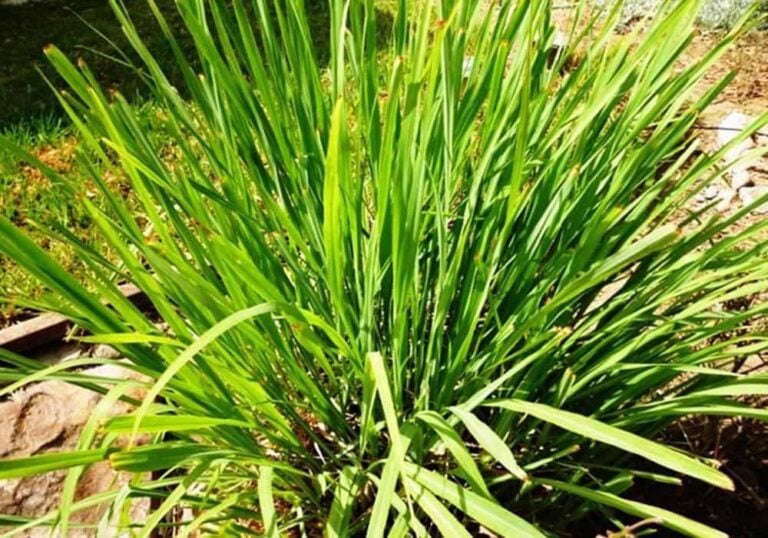
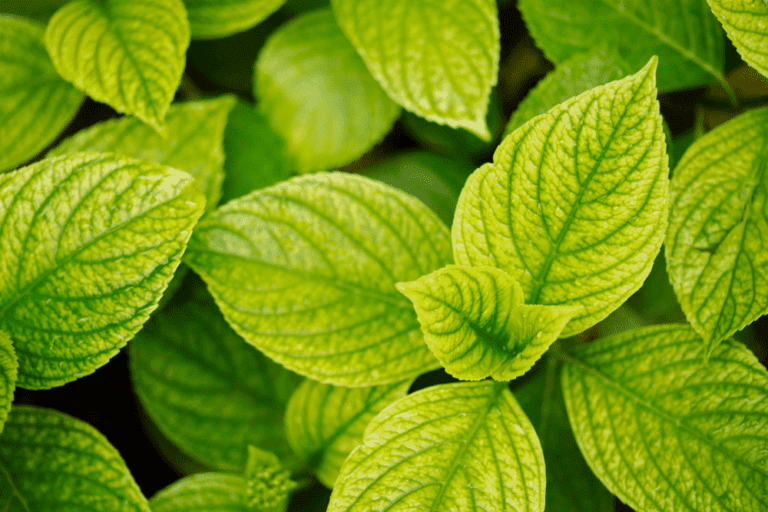
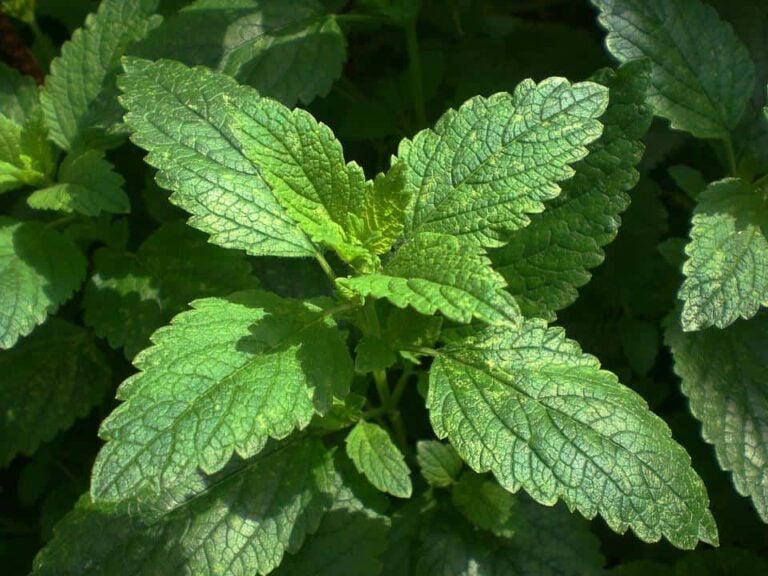
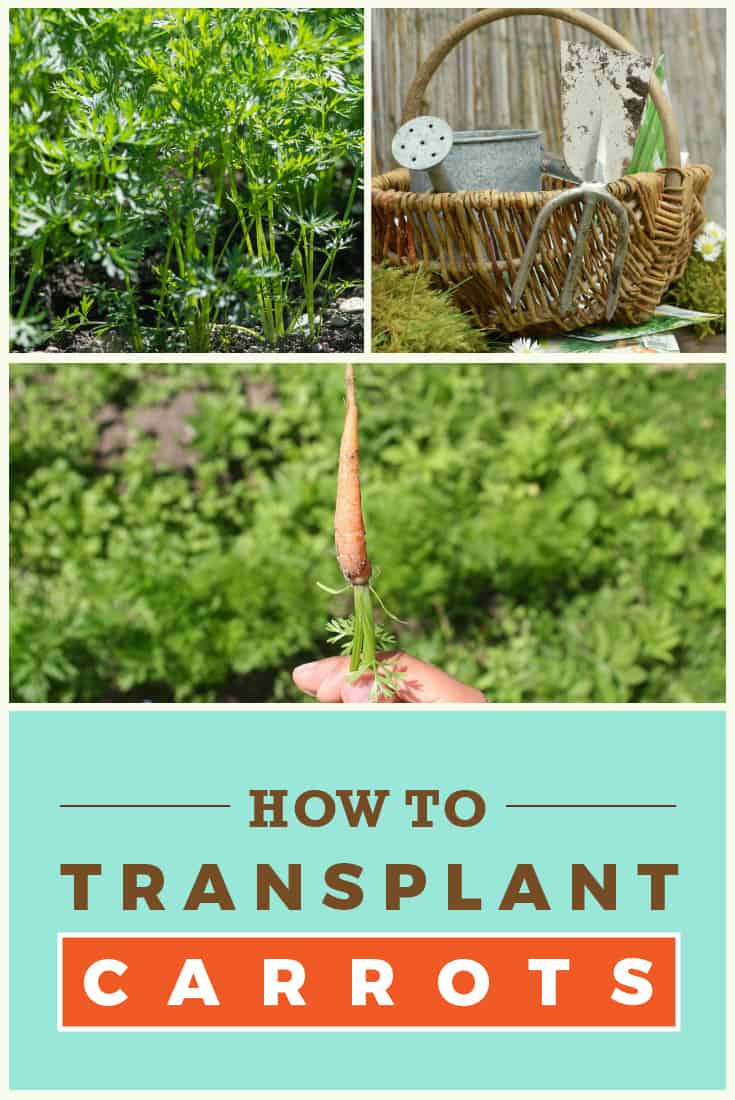
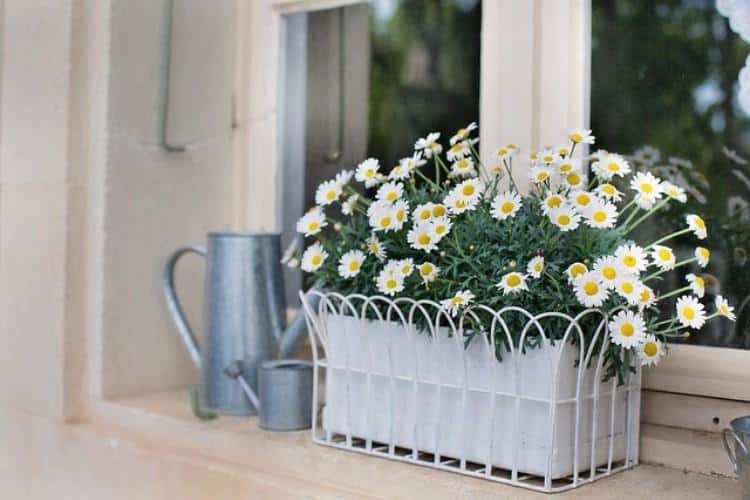
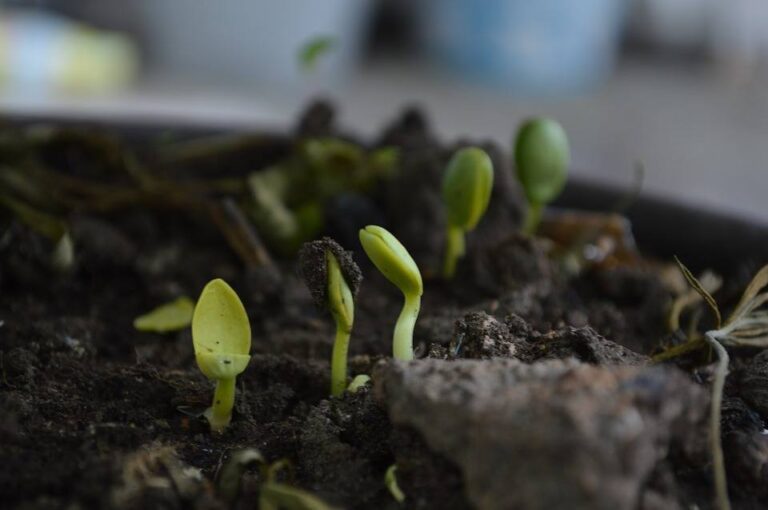
My perilla plant don’t produce seed why .I grow hundred of them and all no flower
I have grown green shiso from seed. Although the plants themselves have grown well and developed flower heads, there is no flavor in the leaves. They just taste like grass. Is there something I should add to the soil to develop the flavor?
How many seeds do you put in per hole?